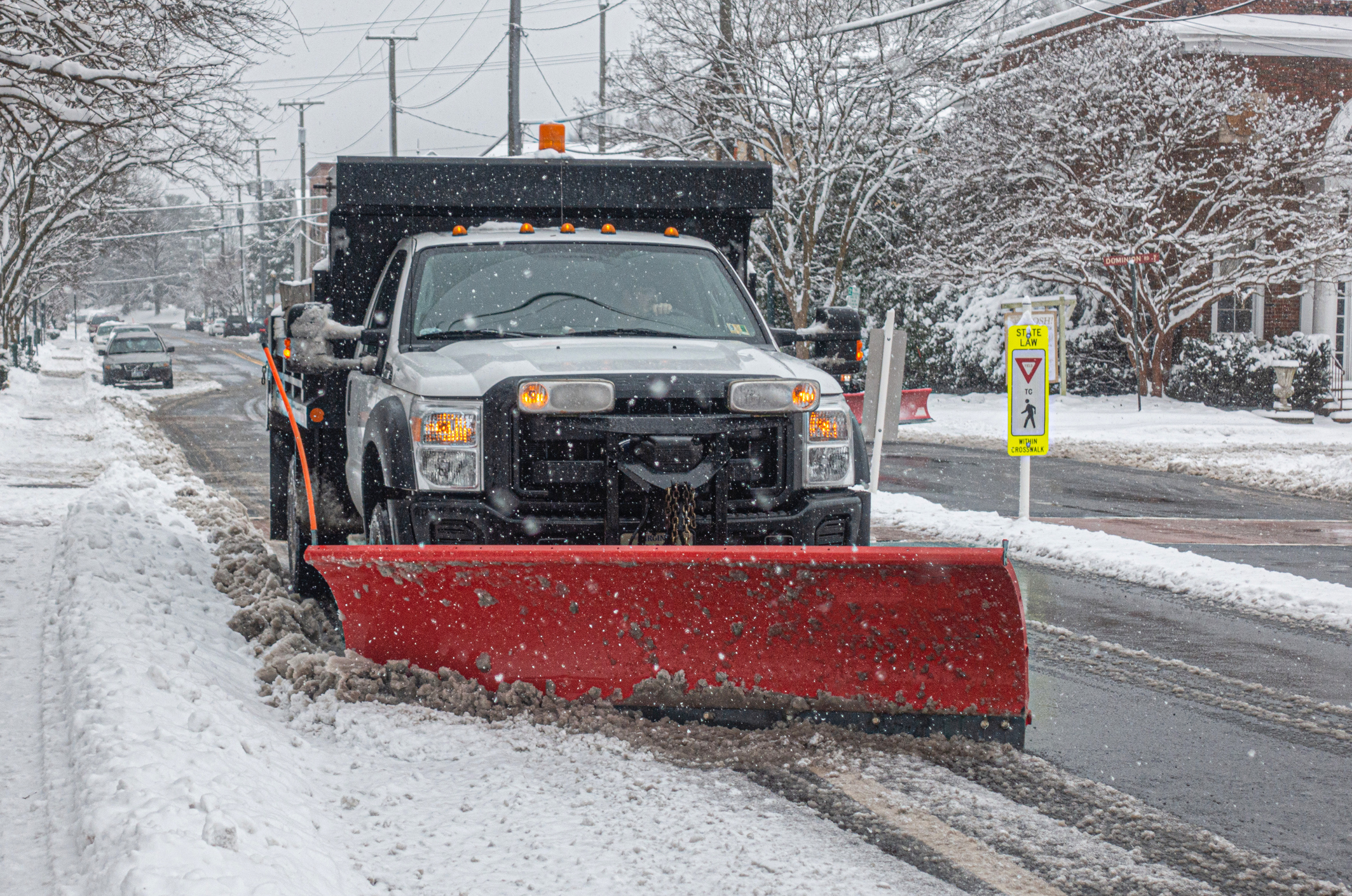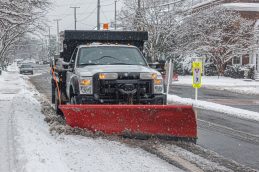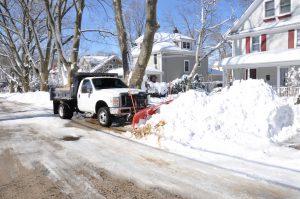Winter may have gotten off to a slow start for some of the Midwest, but it always comes sooner or later and making sure your snowplows are ready is critical. Keeping your plows in peak condition throughout the winter is essential to prevent a breakdown and an interruption in your productivity and profits. Snow and ice removal is also an important safety function for your clientele, whether keeping the roads clear for commuters or parking lots for workers and shoppers.
Here are some of the most important tips for maintaining your snowplow during the season:
1) Perform Regular, Daily Visual Inspections
Perform a simple visual inspection of your snowplow by lowering the mold board all the way to the ground and look for obvious signs of damage. Your plow should be stored indoors when not in use and sense most plows are made of steel, the plow should be elevated as storing under a tarp or on the ground can accelerate rusting.
2) Check Electrical Connections
Check all electrical connections including battery terminals to make sure they are tight and free from corrosion. Dielectic grease should be applied to exposed connections at least monthly to prevent corrosion. Make sure that any loose wiring is away from the engine to avoid overheating and sparking.
Check for any burned-out or dim bulbs. Waxing and buffing headlamps helps to prevent ice from accumulating and hindering visibility, maintaining your plow for longer performance.
3) Grease Moving Parts
Lubricate all moving parts on your snowplow such as the pivot, pin and edge to maintain a smooth cut. Help to prevent rust on the lift rod with a chassis lubricant.
4) Inspect Cutting Edge
Inspect your plow’s runners and cutting edge regularly throughout the winter season, maintain and replace according to manufacturer recommendations. The cutting-edge is typically approximately 5 inches long, which will wear down over time and can damage the moldboard. The runners should be replaced if they are not long enough to cut about ½ an inch at ground level. Inspect the powder coating on your edge that can be touched up with a spray can if needed.
5) Check Hydraulic System and Connections
To properly maintain your snowplow you must maintain the hydraulic system. Make sure that all of your hydraulic couplers, rams and hoses do not leak or have any cuts that could cause hydraulic failure. It is recommended to completely drain and change your plow’s hydraulic fluid at the end of the season before storing. During the season, check the level of your hydraulic fluid and add more if needed according to specifications. If you notice the need to add more fluid over a short period of time check your hydraulic system again for leaks.
Outfitting your plow with Stucchi’s threaded, flat face quick couplers and multi-coupling plates will provide optimum performance with leak free quick disconnect. See all of Stucchi’s hydraulic solutions for snow and ice removal equipment.
Stucchi Solutions for Maintaining Snow and Ice Removal Equipment
Many plows are equipped with hydraulic quick couplers in the traditional poppet style. Poppet style couplers always leak upon quick disconnect and many operators are unaware that a better option exists. Not all plows are equipped with the same type of hydraulic systems and some can cause challenges such as the inability to connect under pressure and fluid leakage.
Stucchi’s flat face quick couplers and multi-coupling plates allow for quick connect and disconnect with reliable connection, no fluid leakage and easy quick connect under pressure.
Learn more about Stucchi solutions for snow and ice removal equipment with this FREE guide:
How to Improve Snow Removal Mobile Equipment Performance.
Stucchi has been providing hydraulic solutions for mobile equipment for more than 60 years. Our hydraulic specialists have provided solutions to municipalities, DOT services and commercial proprietors that maximize equipment usage and prevent unintended downtime. Contact us to learn more about improving your snow and ice removal equipment performance with leak free hydraulic solutions.



